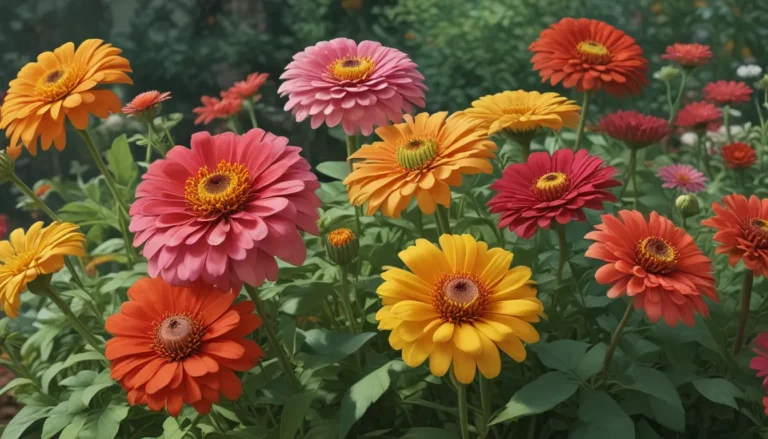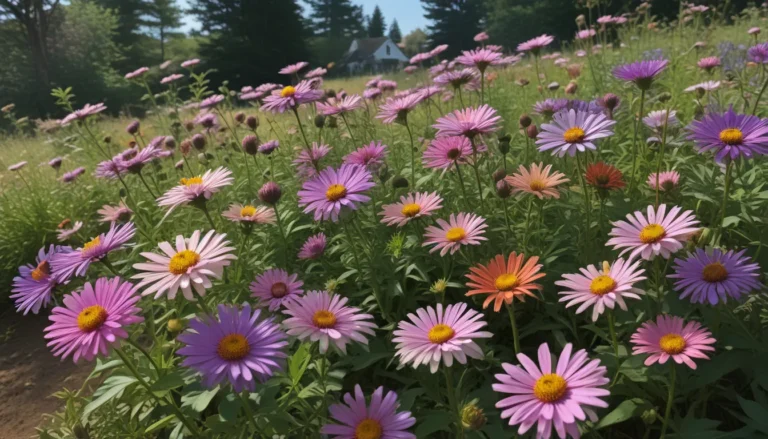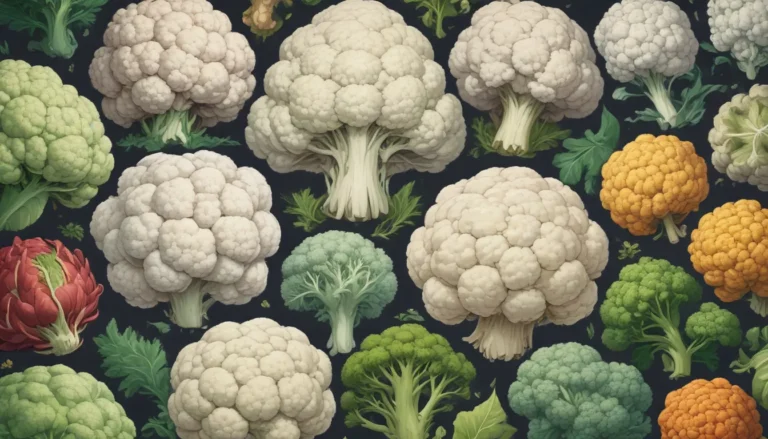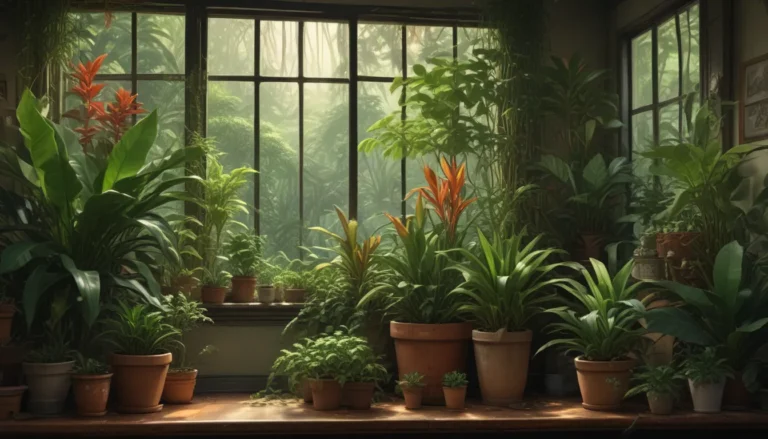A Comprehensive Guide to Harvesting Raspberries
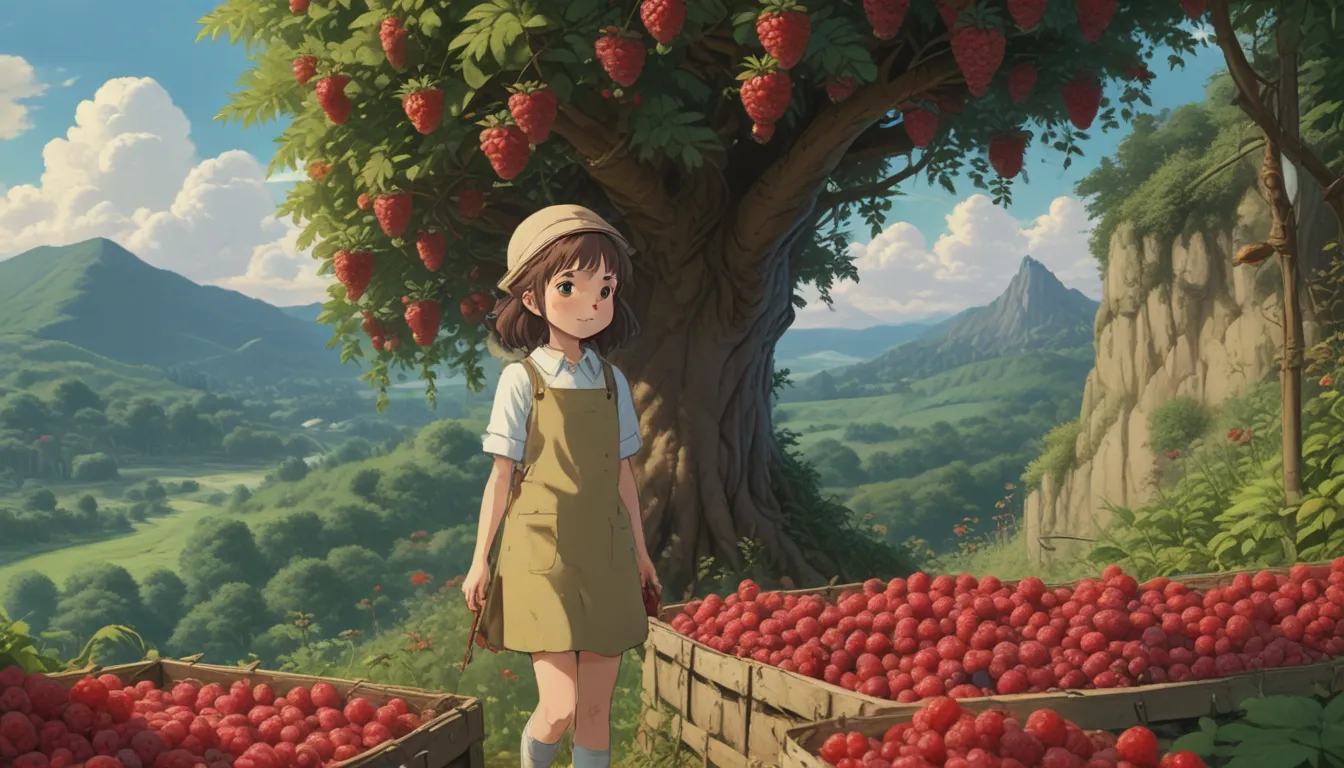
Raspberries are a mouthwatering summer staple, with their tangy sweetness and versatility in various recipes. In this comprehensive guide, we will explore everything you need to know about harvesting these delicious fruits. From understanding raspberry growth habits to selecting the best cultivars, and finally, determining when raspberries are ready to pick, we’ve got you covered. So grab a basket and let’s head out to the berry patch together!
Understanding Raspberry Growth Habits
Before we delve into the picking process, let’s take a moment to understand the unique growth habits of raspberries. These soft, edible fruits belong to the Rubus genus of the Rosaceae family. Raspberry plants consist of roots, crowns, and canes. The canes, the long unbranched stems, can live for up to two years and come in two types: primocanes and floricanes.
- Primocanes: Soft, first-year stems that sprout in the spring.
- Floricanes: Woody second-year stems that bear fruit.
In addition to the cane types, there are three categories of raspberries:
- Summer-Bearing: Fruit on floricanes from early to late summer.
- Fall-Bearing: Bloom and set fruit on primocanes from late summer to frost.
- Everbearing: Yield two abundant crops in summer and fall.
Raspberries grow best in full sun with well-draining, slightly acidic soil. Before planting, ensure the soil is organically rich and moist. Now that we’ve covered the basics let’s move on to selecting the best cultivars for your raspberry patch.
Cultivars to Select
When it comes to choosing raspberry varieties, it’s essential to consider factors like sunlight exposure and hardiness zones. Here are three top picks for red raspberry cultivars:
Autumn Bliss
- Hardiness Zones: 3 to 8
- Plant Size: 4-5 feet tall, 1-2 feet wide
- Cultivation: Fall-bearing, no support needed
Boyne
- Hardiness Zones: 3 to 8
- Plant Size: 4-6 feet tall, 3-4 feet wide
- Cultivation: Summer-bearing, no staking required
Heritage
- Hardiness Zones: 4 to 8
- Plant Size: 5-6 feet tall, 3-4 feet wide
- Cultivation: Everbearing, supplemental support not needed
These varieties offer a range of flavors and growing seasons, ensuring a bountiful harvest in your backyard. Now, let’s move on to the most crucial question – when are raspberries ripe and ready to pick?
When Are Raspberries Ripe and Ready?
Raspberry maturity typically occurs about 30 days after pollination. To determine if your fruits are ripe, look for the following signs:
- Bright and uniform color
- Plumpness
- Size (1-3 centimeters in diameter)
Each morning, inspect your berry patch for ripe fruits before the heat of the day sets in. Raspberries should be firm, plump, and vibrant in color when ready to pick. If the berry easily detaches from the stem with a gentle tug, it’s ripe for harvesting. Be sure to handle the delicate fruits with care to avoid bruising them.
Remember, once picked, raspberries do not ripen further. It’s essential to use them within two days for the best flavor and freshness. Whether enjoyed fresh or in delectable recipes, raspberries are a delightful addition to your summer menu. Speaking of recipes, let’s explore some creative ways to enjoy your harvest.
Recipes and Cooking Ideas
Raspberries are not just for snacking; they shine in a variety of culinary creations. Here are a few tantalizing recipes to inspire your taste buds:
-
Chocolate Raspberry Cream Sandwich Cookies: Indulge in thin, chewy cocoa cookies filled with a rich raspberry cream cheese filling.
-
Vegan Vanilla Raspberry Cake with Oreos: Savor layers of moist vanilla cake paired with a fruity dairy-free buttercream and Oreo filling.
-
Sparkling Raspberry Lemonade: Quench your thirst with a refreshing honey-mint syrup base paired with tangy raspberries.
These recipes are sure to elevate your raspberry experience and impress your friends and family. With this newfound knowledge on raspberry cultivation and harvesting, you’re well on your way to becoming a master raspberry gardener. Share your raspberry growing tips and favorite varieties in the comments below!
If you’re eager to learn more about growing berries, consider exploring additional resources like our other berry guides:
- Juicy and Sweet Tips for Starting Your Own Berry Patch
- How to Control Raspberry Fruitworms
- How to Grow and Care for Blueberry Bushes
Raspberries are more than just fruits – they’re a symbol of summer bounty and the joys of homegrown goodness. So take your time, savor each harvest, and relish the fruits of your labor. Happy picking!
I hope this comprehensive guide has shed light on the rewarding process of harvesting raspberries. May your berry patch flourish, and your summer be filled with the vibrant flavors of freshly picked raspberries. Until next time, happy gardening!
